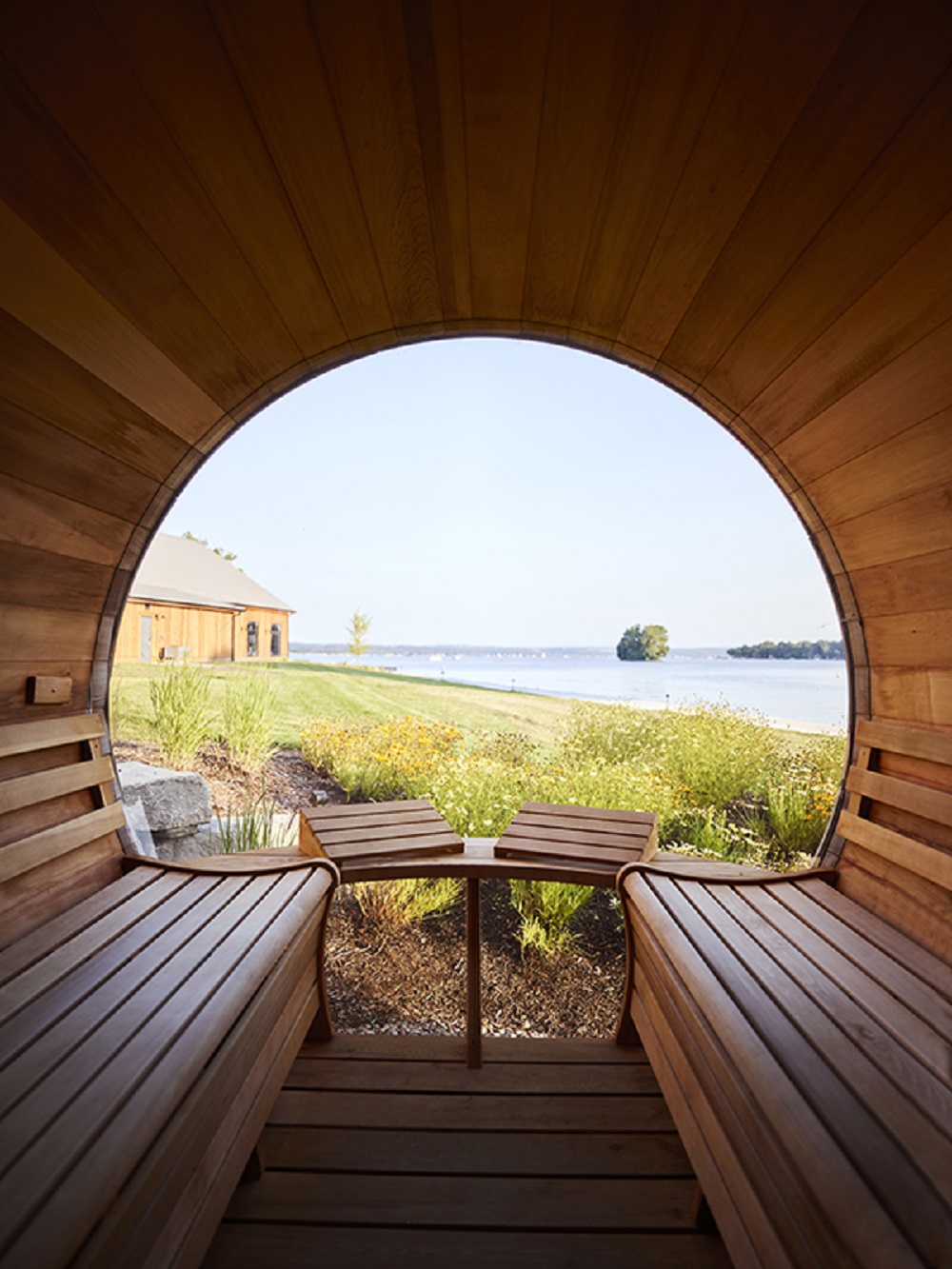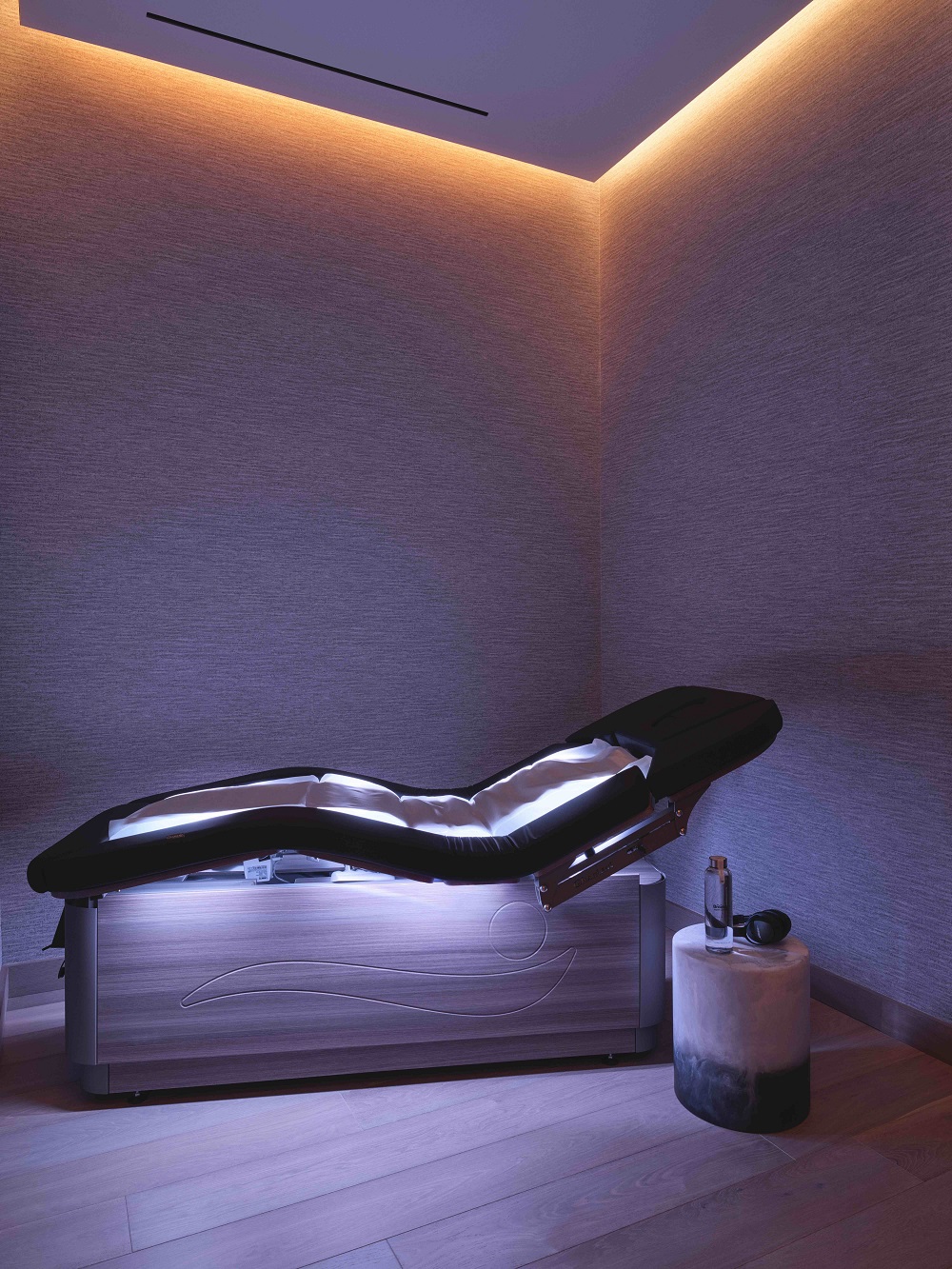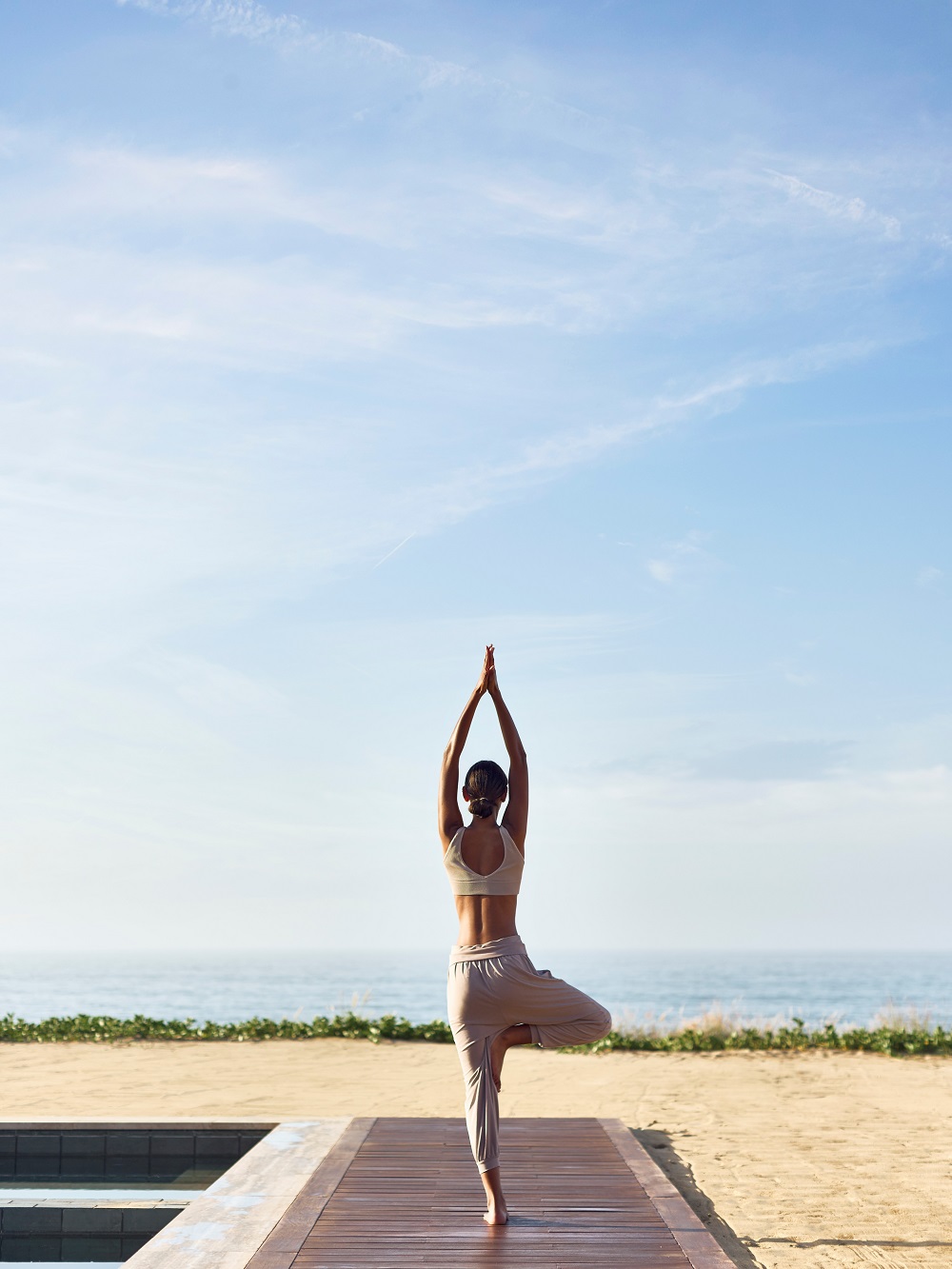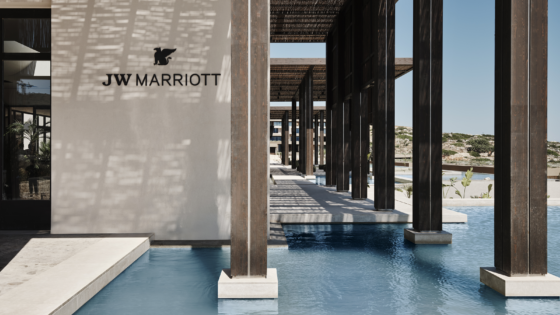TLEE Spas + Wellness, a spa development firm with a design led and hospitality-driven approach, shares its insights into the key influences that are shaping its approach to spa development and menu design going forward into 2022…
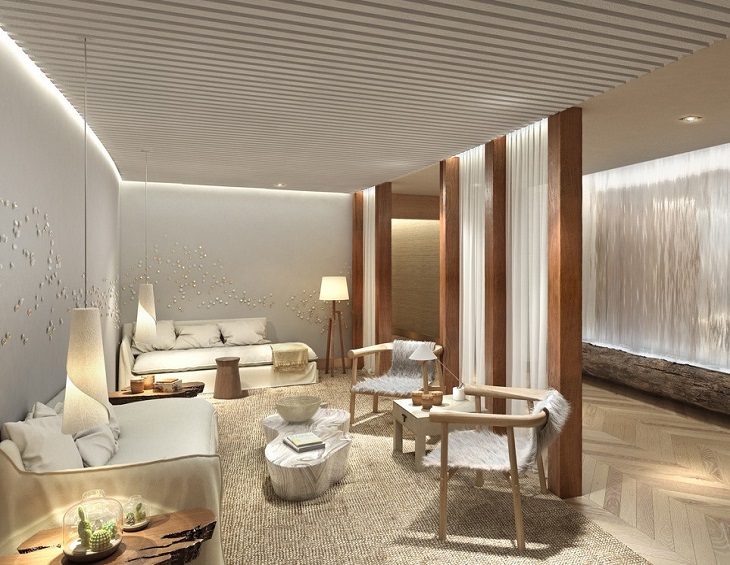
Following our insightful look at the design trends that are shaping hotels and hospitality, we spoke to TLEE Spas + Wellness President and Founder Tracy Lee to dig a little deeper into the trends that are specific to spa design and development, while looking more broadly into how we define and create a sense of wellness in hospitality moving forward into 2022.
“As a year like no other winds down, 2022 brings much hope in the air for a brighter future as we work our way through the pandemic and maintain focus on the end-user experience,” said Lee. “With a heightened desire to feel nurtured, we feel it’s especially important to double down on what really matters: creating optimal spaces where guests can fully let go and staff can fulfil their mission to fix and heal, delivering service offerings that cut through the clutter, and deliver what really matters while establishing a gracious service culture that supports guests and staff alike through a prism of kindness, empathy, and sensitivity.”
- Image credit: TLEE Spas+Wellness
- Image credit: TLEE Spas+Wellness
The spa industry has seen a shortage of qualified therapists for many years, which has only been exacerbated by the pandemic. After prolonged closures, false starts and stops, many have left the industry or are focusing on building their private clientele. Other factors, such as compensation and working on their own terms, also weigh heavily. This dynamic has forced both consultants and operators to rethink spa experiences that have been historically driven by therapist-driven services, hence the rise of self-directed rituals and touchless therapies. While TLEE Spas + Wellness is a major proponent of both, the firm sees them as vital accompaniments to the main event: personalised, hands-on treatments that transform our status quo while simultaneously satisfying our innate need for human touch and connection.
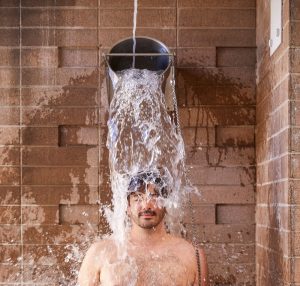
Image credit: TLEE Spa+Wellness
Despite all the attention that touchless services have garnered, there is no replacement for the power of human touch and the wide-ranging benefits that occur when people come together in shared intention. Driven by a diverse team that is aligned by a culture of passion and purpose, it is the human element and interpersonal relationships that create the most positive change and elevates guests on their path to be the best they can be. In terms of the social and collective aspect, spas should also foster a sense of connection and community, showcasing local healing arts traditions and homegrown talent through partnerships with local resources while celebrating the specialists within their teams.
Harkening back to the pre-digital era when life unfolded in real time at a slower pace, spas should help people downshift to a more mindful state of being where social interaction and meaningful relationships flourish. While technology plays an important role in the modern spa experience, especially as it relates to efficient access and information, it’s best used in the treatment setting as a complement to human intelligence and intuition, rather than the main event. Contact-less services and self-directed experiences certainly have their place and are often more affordable than therapist-provided treatments, but in the overall equation the balance of experience should tilt in favour of the human element.
This dovetails with the shifting notions of luxury, where mindless consumption is being replaced by meaningful experiences that are often made to order. Personalised spaces, access to the best providers and practitioners, and a hyper-customised approach to treatment that targets individual specificity are all part of the new luxury equation.
- Image credit: TLEE Spas+Wellness
- Image credit: TLEE Spa+Wellness
For many years, the spa industry has tried to dispel the myth that spas are in the business of selling indulgence. Mirroring the rise of the modern wellness movement and the expanded audience, the industry has shifted the messaging and takeaway from relaxation and rejuvenation to mental and physical health, recovery, and performance. While the pivot toward to more tangible benefits and meaningful outcomes is a positive one for the industry, it cannot lose sight of the fact that for most, spa visits are moments of celebration. Wellness, seen as a positive and proactive pursuit, is a practice where efficacy and authenticity can comfortably co-exist with pleasure.
A radically simplified approach to menu design can replace endless variety and choice with a session-based approach that highlights the technical skills and intuitive intelligence of the therapist to deliver truly personalised outcomes with tangible benefits. Moving away from the ‘more is more’ approach, streamlining menus cut through the clutter and confusion and deliver what really matters – including concise offerings with clear focus and frameworks for meaningful customisation; a staffing, training, and service culture that prizes both technical skill and intuitive intelligence; and special events, guest practitioners, and themed retreats to add freshness and diversity to core offerings.
Since you’re here, why not read more about the spa at Equinox Hotel New York, designed by TLEE?
Main image credit: TLEE Spas+Wellness

